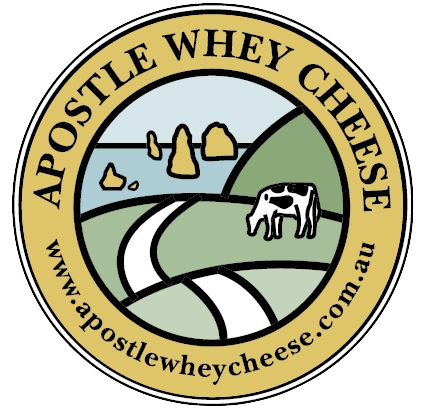Dairy Life | Part 9
Welcome to the ninth instalment in our Dairy Life series, which followed the life of one of our dairy heifer calves, right through to her becoming a working milker and beyond.
The health and wellbeing of our animals is critical to the quality of our milk and by extension the taste and success of our cheeses and gelato. Every decision we make on our farm is designed to produce the highest quality milk possible.
This Dairy Life series aims to help our customers, and other people who aren’t farmers, better understand the intricacies of environmentally sustainable dairy production. It is a way of life that we love, but it’s also a highly demanding job that requires a good education, lots of training, extensive experience and the ability to understand and apply complex aspects of animal and agricultural science.
So please enjoy Part 9 of the series and feel free to ask questions, make comments and interact with each other through the comments section of this blog.
It has been 10 months since we updated you all on Briney’s progress.
Back then she had safely delivered her first calf and was preparing to join the herd as a working milker.
She had been a model of success until that point, but it hasn’t all been smooth sailing for Briney since moving into full milk production.
She was gripped by pneumonia for several months, which resulted in a low first year of production.
The respiratory disease caused Briney to fever and while it is relatively common in dairy cows it proved frustrating for us to get on top of.
She was treated with antibiotics and finally began to make a slow, but full recovery back to normal health. She is looking much better now and has put some weight back on.
Her illness followed successful artificial insemination of her second calf and it was a great credit to her resilience that she was able to stay pregnant while being so unwell.
Briney is due to calve again on February 18, 2019 – almost a year to the day since delivering her first calf on her own second birthday.
She will be dried off this Friday and put out in the paddock to graze while the pasture is good. When required we’ll start feeding as well, before her and the other mums-to-be come up to the Mooternity Award for more intense care and to prepare for calving.
After 313 days of milking in our herd, Briney is nearing 4500 litres and she’s currently averaging 15 litres a day which has steadily increasing following her pneumonia.
While 4500 litres is low production for a cow in our herd, Briney’s milk quality has been very good.
She’s averaged a Bulk Milk Cell Count of 15,000 which is very, very good and her milk contains on average 4.83 per cent butter fat and 3.17 per cent protein.
These results highlight Briney’s potential to be a very strong performer in our herd and we’re confident once she is back to full health she will thrive again.
Farmers face these animal management challenges every single day and it demonstrates how each cow is individually monitored and cared for to contribute to overall herd health.
You might remember that last year we crossed Briney with a beef bull so that her calf that dropped in February this year provided more value to our farming operation.
The calves from maiden heifers never make it to our herd for a number of reasons, so Briney’s first calf will be fattening up at the moment destined for the beef market.
This time around however, we’ve crossed Briney with a dairy bull via AI with a view to her producing a dairy calf.
In the event it’s a heifer calf, it may also follow in the footsteps of Briney and remain at Cooriemungle to grow out and potentially also join the herd when she’s about two.

